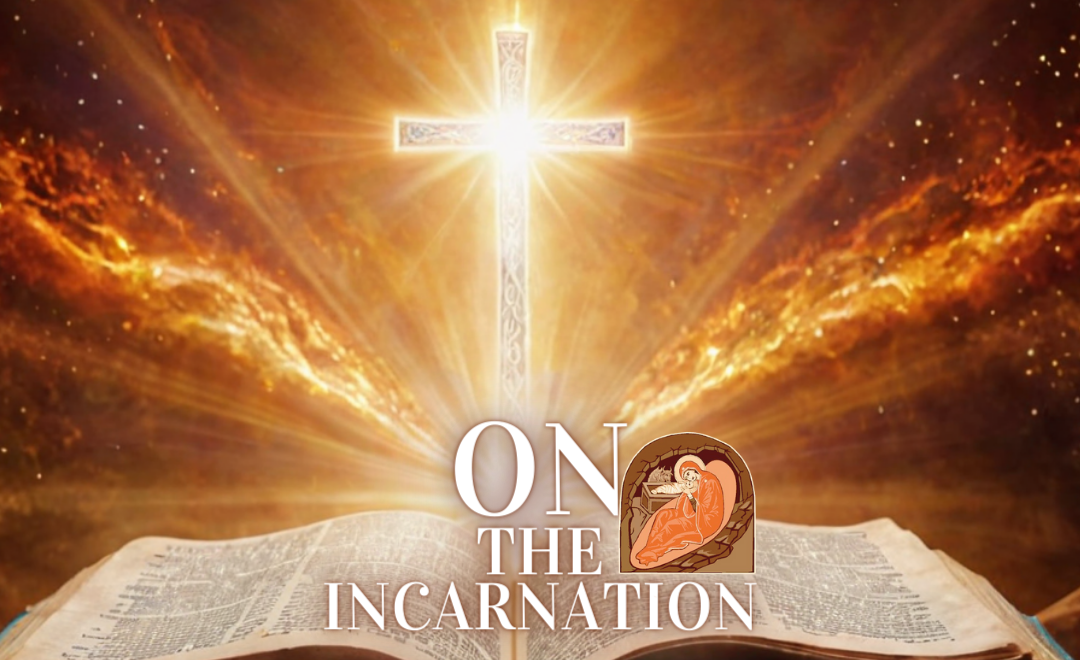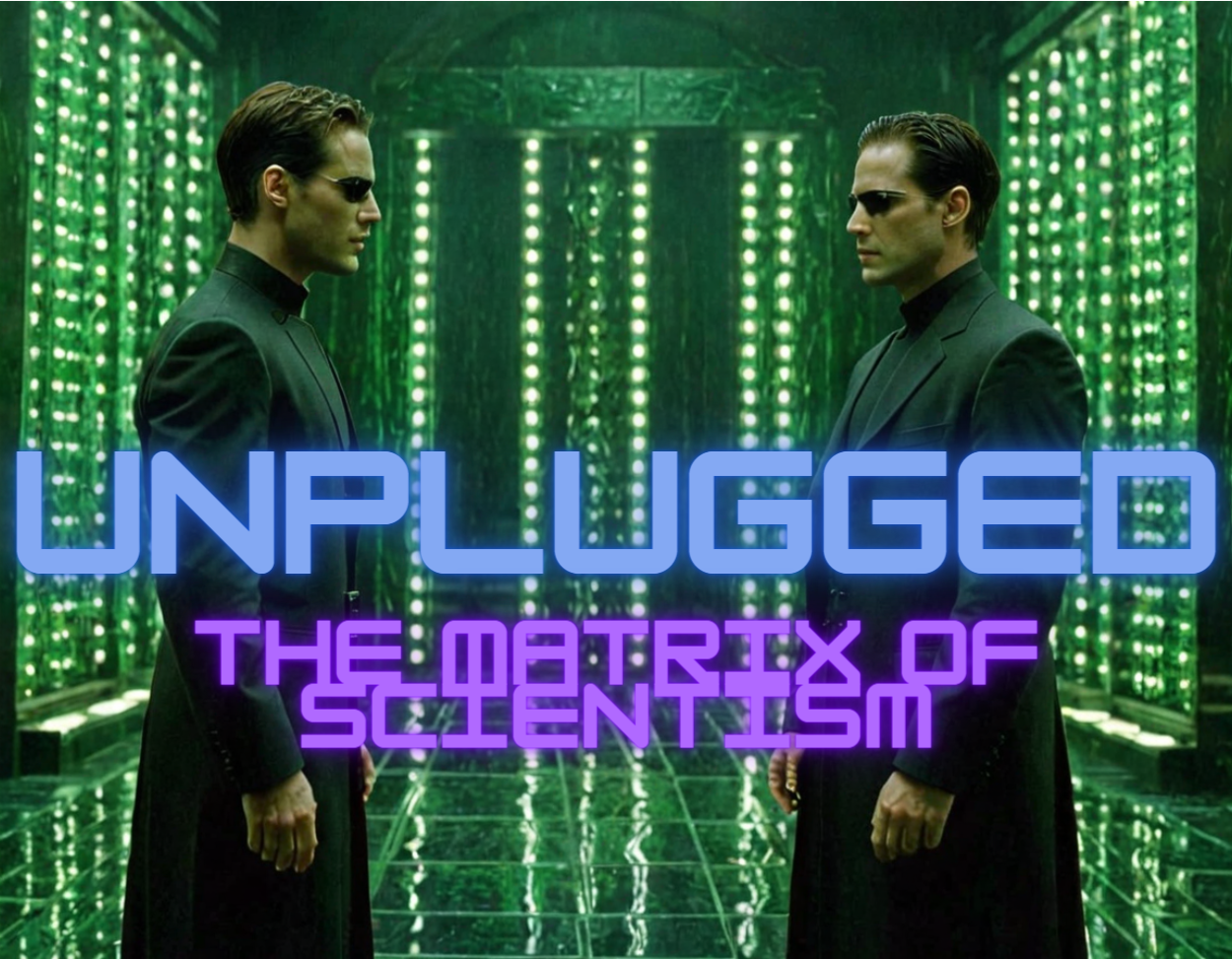Introduction
Athanasius was a central figure in early Christian theology who authored On the Incarnation to address theological concerns and controversies that stemmed from opposing doctrines and ideologies. His treatise exposes mankind’s problems and asserts the exclusive remedy in the Son of God. This post seeks to analyze Athanasius’ motivations, explore the philosophical backgrounds informing his work, and examine his responses to fundamental theological questions on the incarnation within the context of man’s fall, the Word’s victory through death, and the parallels between creation and salvation.

Historical Context and Motivation
It is unclear if Athanasius wrote On the Incarnation as a direct response to the Arian threat as some scholars use an Argument from Silence to reason for a date as early as 318, while others maintain a period as late as 350 after both the Council of Nicaea and the advent of Arianism.[1] Nevertheless, Arianism, among other ideologies, caused a divide among Christians, predicated on differences in interpretations of fundamental theology. Consequently, Athanasius passionately sought to establish an orthodox definition of the Trinity, precisely regarding the relationship between the Son and the Father, a significant point of contention during his time.[2]

Philosophical Backgrounds
Athanasius’ philosophical background was influenced by Hellenistic schools of thought that started with suppositions on the divine, beginning with Plato’s focus on transcendence.[3] This developed into conceptualizing the One supreme being through the apophatic method, which gave rise to the problem of transcendent participation in creation.[4] Some schools of thought introduced the proposition of an intermediary to bridge the material and the One. In contrast, others either viewed involvement as antithetical to the character of the ultimate being and attributed a non-association status to the divine or stripped it of any intentionality.[5] This resulted in a Hellenistic philosophy that distilled these ideas to emphasize a worldview of a God characterized as incomprehensible, transcendent, self-sufficient, and reluctant to be involved in material world affairs, necessitating lesser and subordinate divinities to act as intermediaries.[6]
Athanasius’ faith was rooted in the Judeo-Christian worldview that described God the Most High as the source of life who actively develops relationships with His creation, even through covenants.[7] Hebrew Scriptures depicted a transcendent and self-sufficient God, but in contrast to Hellenistic schools, He is compassionate towards mankind.[8] Still, the problem of the relationship between the incomprehensible creator and the created remained obscure until the New Testament articulated the first coming of Christ as the Word through whom mankind has access to a graspable relationship with the Father.[9] This concept reverberated throughout early Christian writings up to Irenaeus and Origen, who influenced Athanasius’ understanding of the benevolent transcendent’s involvement with the world, the nature of man, redemption, and salvation within the context of the Father-Son relationship.[10]
Necessity of the Incarnation: Mankind’s Problem
God is incomprehensible, and any attempt at conceptualizing Him is an inaccurate analogy. Still, analogies are the best mankind can achieve using a limited mind. Some use water as an analogy for electrical voltage and current, though the nature of electrons illudes them. Others express the tedium and difficulty of a task with the imagery of a needle in a haystack. Though not precisely correct, as there are no needles or stacks of hay, this metaphor portrays an idea that paints a picture to grasp an intangible concept that is real yet immaterial: inextricability. Imagine if God had one Thought that contained all possible thoughts and from which all that is real, material, and immaterial can spring into existence. Though all-encompassing, this Thought, Word, or Logos is incorruptible and not only innocent and pure; He is Innocence itself, and His name is Jesus Christ. Though existing with God and is God, the Word creates a realm of space and time wherein a new creature images His innocence through thinking, feeling, imagination, and love as long as it remains in the original image. Humanity takes its focus away from God, eats from the fruit of the knowledge of good and evil, begins to lose connection, and falls out of innocence. Since Man cannot self-sustain, the image that he reflected begins to corrupt and distort, and the thoughts of his heart become subject to evil, giving rise to the vector of entropy as a consequence where death and decay erode both the world and creatures within it. This analogy is similar to Athanasius’ view on the doctrine of creation from nothing and Man, created in God’s image, depending on Him for the Grace that comes through the Word, Christ, who frames all that exists.[11] Because of this, when humanity transgressed and distorted His image, it was natural and necessary that the originator served as the mender. Athanasius says:
For as when the likeness painted on a panel has been effaced by stains from without, he whose likeness it is must needs come once more to enable the portrait to be renewed on the same wood.[12]
The author uses a brilliant metaphor to demonstrate Man’s existential problem and the necessity of Jesus Christ, uniquely positioned to bridge the gap caused by sin. Athanasius posits that the incarnation is an indispensable means through which the divine Word restores humanity to its original state of communion with God.
Victory Through Death
Similar to metaphors, logic is how humanity attempts to understand the Logos. If the Word is incorruptible, innocent, and good, and if all that exists does so within Him, then good is existence itself, and evil is the absence thereof. This logical reasoning means that death is not a punishment but a natural law and a consequence of evil. Athanasius argues, “For what is evil is not, but what is good is.” [13] Humanity could only escape this existential natural law through Jesus Christ. The divine strategy was for the Word to enter the world to take on a body capable of death. Through this act, He could then take on the sin of Man and incur his penalty of death, but since the Word cannot die, His resurrection breaks the law of death and renders it null, thereby atoning for and giving eternal life to all who remain in Him. The human body that the Logos took became the instrument through which He destroyed hell, death, and corruption. Because Jesus Christ is fully man and God, he is connected to humanity and the Father, making Him the doorway through which anyone from the human race can return home. This decisive victory over death is also a choice. Athanasius adds:
Taking pity, I say, on the race of men, inasmuch as He is good, He did not leave them destitute of the knowledge of Himself, lest they should find no profit in existing at all. For what profit to the creatures if they knew not their Maker? Or how could they be rational without knowing the Word (and Reason) of the Father, in Whom they received their very being?[14]
Humanity knows sin, but the choice is not complete without the knowledge of God, and Jesus Christ embodies this option to choose God freely. Furthermore, decisions that stem from fear are not compatible with the concept of free will; therefore, Jesus’ death on the cross not only nullified death and hell but also eradicated the fear of them for those who choose to know God and remain in the Light of the Word. In the book On the Incarnation, Athanasius displayed an outstanding synthesis of the theological framework of Jesus’ victory through death to nullify it and the fear of it, giving humanity a pathway home and a choice to know the Father’s love.
Parallelism: Creation and Salvation
God’s Thought intentionally rhymes because the Word who created mankind in His image to commune with Him in love is the same Logos who incarnated and died on the cross to rescue and restore man to his original condition. Only Jesus is suited for such a task, and Athanasius asserts that the Father fulfilled creation and salvation through Christ and that this parallel shows a consistent mode of action.[15] This means that the Word remains unchanged in nature and purpose, serving as the divine agent in the genesis of the world and the redemption of fallen humanity. The theological significance of this parallelism demonstrates the coherence of divine intentionality in the overarching plan of the Father. This reinforces the idea that salvation is not a reactive measure but an integral part of the divine purpose that God planned from the very beginning of creation. Athanasius brilliantly distills the core theological doctrine of foreknowledge within the context of free will by observing God’s narrative and the epic story of Man’s adventure with God that the Scriptures flawlessly recount.
Conclusion
Athanasius’ On the Incarnation unfolds as a meticulous response to the theological turbulence of his time. The historical context demonstrates his passion for pursuing an orthodox understanding of the Father-Son relationship. At the same time, the philosophical background sheds light on the worldviews influencing the author’s navigation of the complexities of the transcendent’s participation in creation. Athanasius draws vivid analogies to explain the necessity of the incarnation of the Word brilliantly and uses superb logical reasoning to expound how Jesus, fully God and man, strategically overcame death, offering eternal life and freedom from fear for those who choose to know God. The parallelism between Creation and Salvation illustrates the consistent divine intentionality of God’s plan predicated on foreknowledge and free will. This synthesis analyzed the theological framework of Jesus’s victory through death and emergence as a pathway home for humanity, offering a choice to know the Father’s love.
[1] Khaled Anatolios, Athanasius: The Coherence of His Thought, (London: Taylor & Francis Group, 1998), 26.
[2] Henry Chadwick, The Early Church, (London: Penguin Books, 1993), 35.
[3] Khaled Anatolios, Athanasius: The Coherence of His Thought, (London: Taylor & Francis Group, 1998), 12.
[4] Ibid.
[5] Ibid.
[6] Ibid.
[7] Ibid.
[8] Ibid., 14.
[9] Ibid., 15.
[10] Ibid., 16-25.
[11] Athanasius, “On the Incarnation of the Word,” https://www.newadvent.org/fathers/2802.htm (accessed 1/21/, 2024), 3.
[12] Ibid., 14.
[13] Ibid., 4.
[14] Ibid., 11.
[15] Ibid., 1.
Read Athanatius’ Original Work “On the Incarnation”







